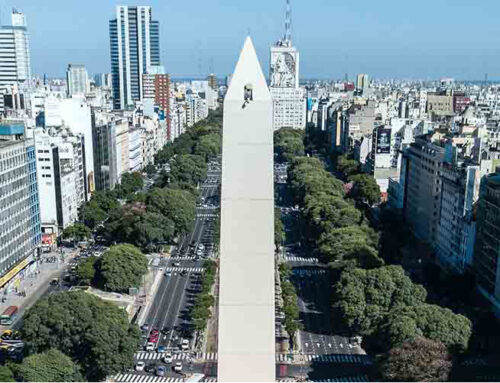Colombian Arts and Crafts: A Celebration of Culture
Colombia is a country with a rich and diverse culture, and its arts and crafts are a testament to that. From the intricate handicrafts of the indigenous peoples to the modern sculptures of the country’s urban centers, Colombian crafts are a celebration of the country’s history, traditions, and people.

The Artisans of Colombia
The artisans of Colombia are the unsung heroes of the country’s cultural scene. They are the people who, through their skill and creativity, keep the traditions of Colombia alive. Many of these artisans are from indigenous communities, and their crafts are a way for them to preserve their culture and pass it on to future generations.
Traditional Crafts of Colombia
Colombia has a wide variety of traditional crafts, each with its own unique history and significance. Some of the most popular traditional crafts include:
Pasto Glazing
Colombians have been producing art for the last 3,500 years. The last few centuries of art making have been heavily influenced by the Spanish, but indigenous methods have been around much longer than that, and are still in practice today.

This technique of glazing was handed down by indigenous people. A specific type of resin is extracted from the mopa mopa tree, and used as a lacquer for various decorative plates, wood, boxes, etc.
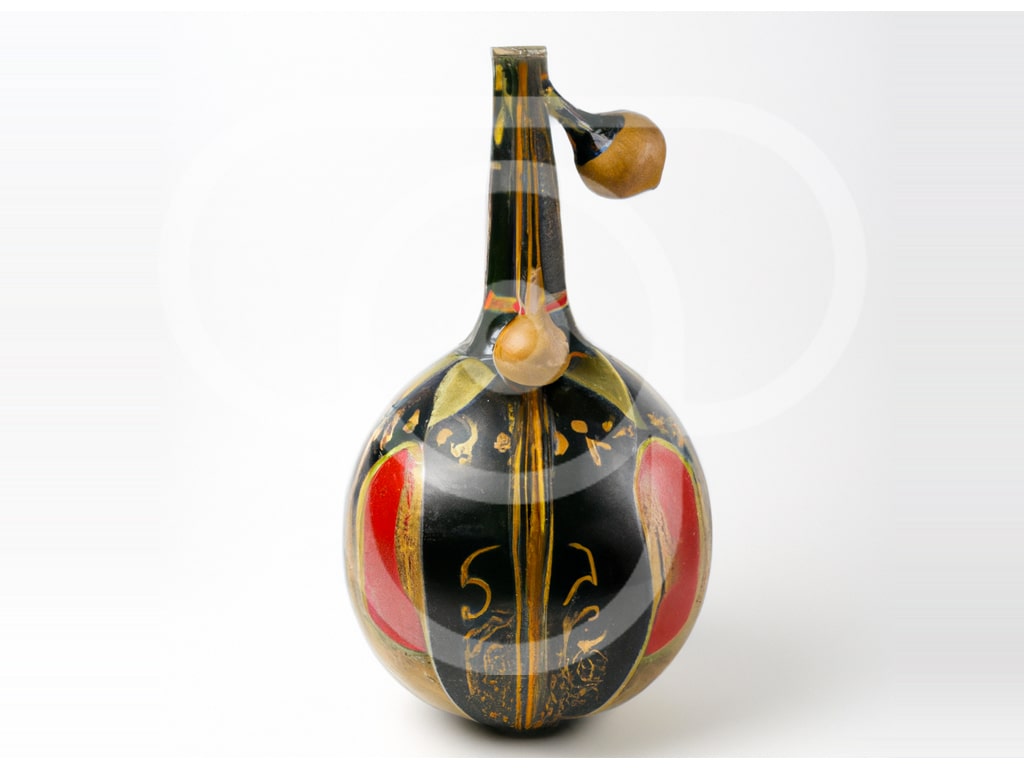
Paintings
Colombians have been producing paintings since the Neolithic period, when petroglyphs, or primitive rock art, was painted onto a rock face. Since then, Colombian artists have continued to produce artwork that has become internationally recognized.
Pottery
Colombian pottery has origins dating back to 700 years ago, when it was first created by the indigenous group located in the village of La Chamba, and the traditional methods of production are still in use today. Virtually, every family in the village makes their own pottery and sells it locally or abroad. Each family has their own unique type of pottery that they make.
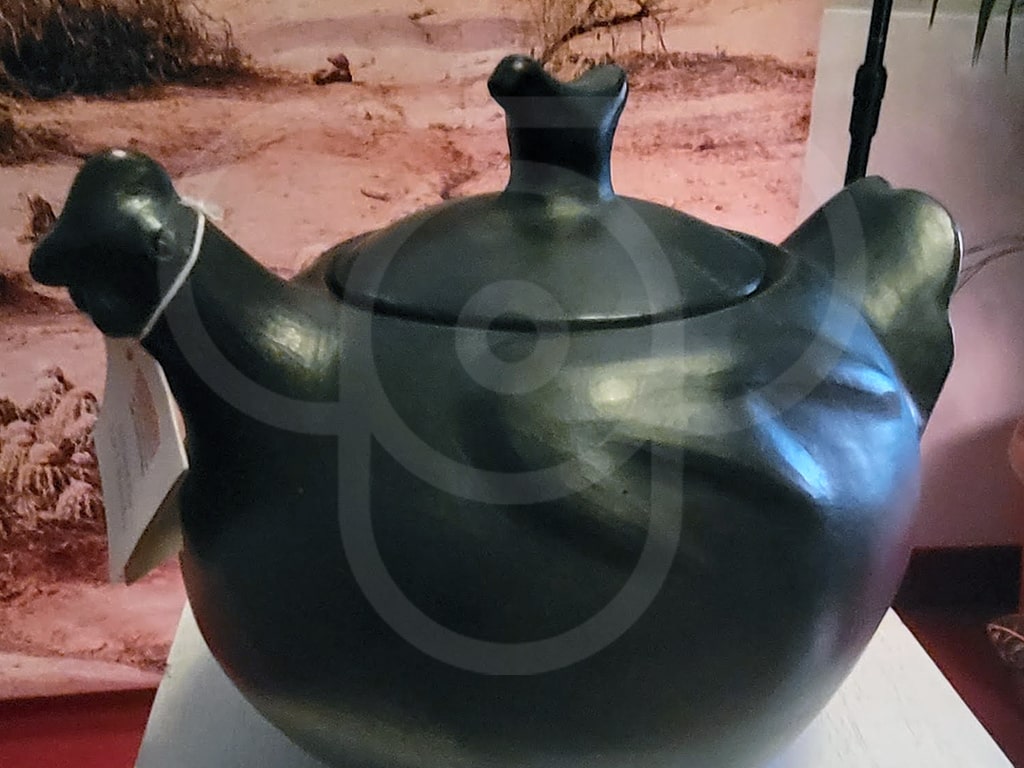
The pottery is made from black or red clay that is extracted from the river banks near La Chamba and is then hand-sculpted and fired. The pottery it produces is durable and long-lasting, and has become very popular as cookware.
Weaving
Indigenous Colombian weavers produce an assortment of products including fabric, clothing, hats, blankets, and bedding, to name a few. Each group has their own methods of weaving, which have been passed down from generation to generation. The Zenu group produces the famous Vueltiao hat, which is made from weaving together the fibers from a palm tree. These hats with their floppy wide brims have become very famous and are recognized as the Colombian hat.
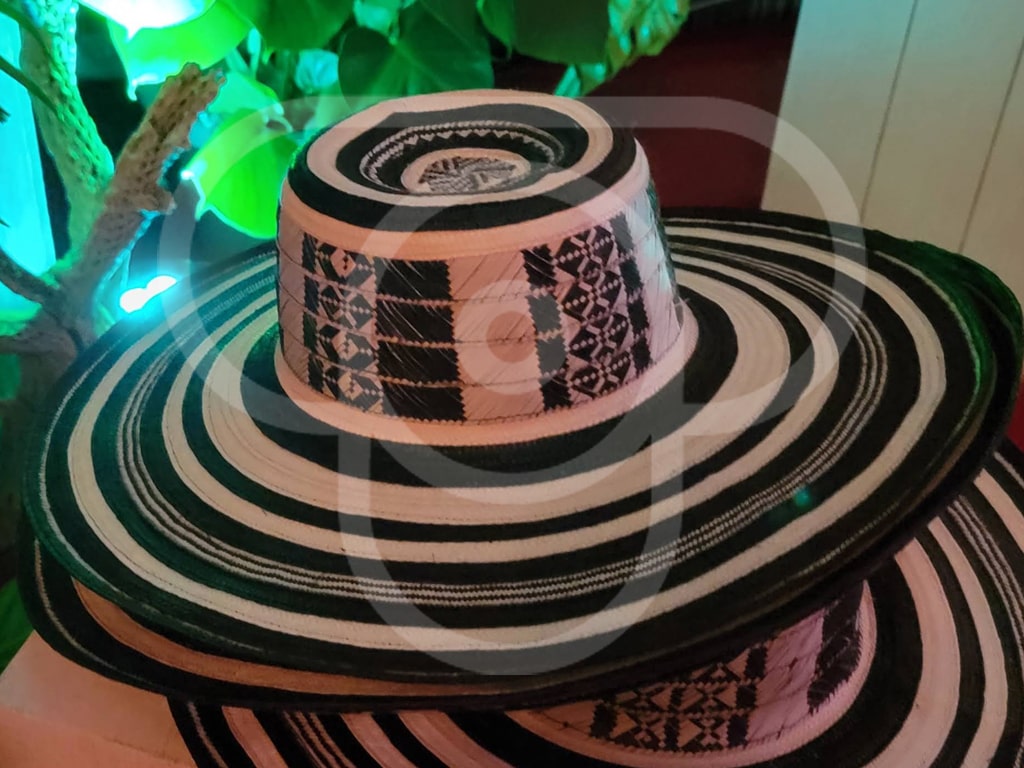
The Wayuu group also have their own methods of weaving, which is passed down to girls when they reach adulthood. They liken their weaving to that of the Waleker, or the weaver spider.

Jewelry
Colombian jewelry is known for its intricate designs and use of precious metals and gemstones.

Wood carving
Colombian wood carving is a centuries-old tradition, and woodcarvers create a wide variety of objects, including figurines, furniture, and musical instruments.

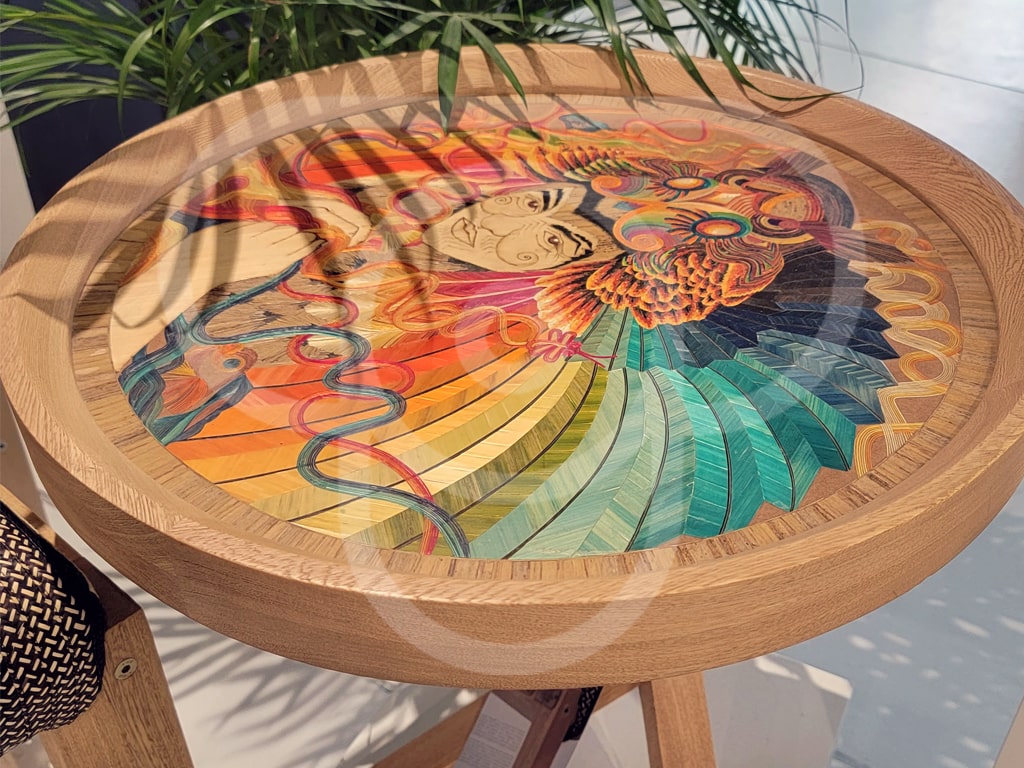
Leatherwork
Colombian leatherwork is known for its high quality and craftsmanship. Leatherworkers create a wide variety of objects, including bags, belts, and shoes.

Colombian Crafts: A Look at Rare Finds
Mochila Wayuu
This is a type of hand-woven bag made by the Wayuu people, an indigenous group from the Guajira Peninsula. The bags are made from brightly colored threads and are often decorated with intricate patterns.


Wérregue baskets
These baskets are made by the Wounaan people, an indigenous group from the Chocó region. The baskets are made from the leaves of the Wérregue palm tree and are known for their intricate patterns and tight weave.
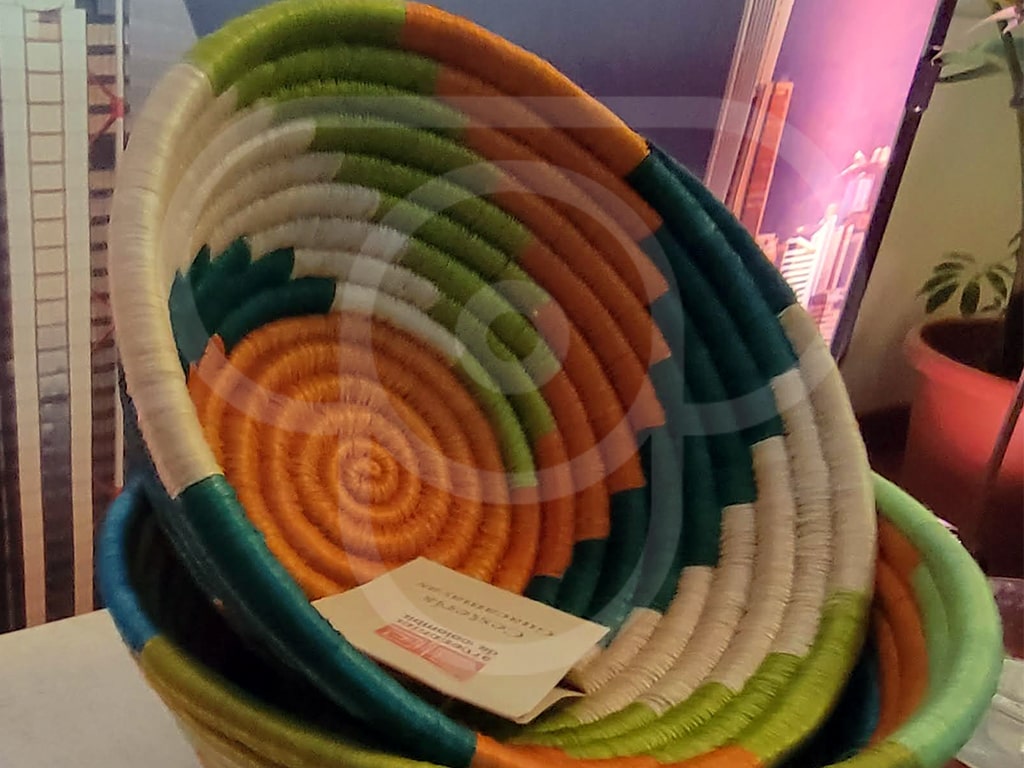

Tribal masks
These masks are made by various indigenous groups in Colombia. The masks are used in traditional ceremonies and rituals and are often decorated with intricate designs.


Tribal textiles
These textiles are made by various indigenous groups in Colombia. The textiles are often used for clothing, bedding, and ceremonial purposes. They are known for their bright colors and intricate designs.
These are just a few of the many rare crafts that are produced in Colombia. These crafts are a testament to the skill and creativity of the artisans who create them. They are also a reminder of the country’s rich history and culture.
Future of Colombian Crafts
The future of Colombian crafts is bright. Despite the challenges that they face, the artisans of Colombia are determined to keep their traditions alive. They are also working to adapt their crafts to the modern world, and they are creating new and innovative pieces that are sure to appeal to a global audience.
If you are interested in learning more about the traditional crafts of Colombo, there are a number of places where you can go. You can visit museums and galleries, or you can shop at markets and fairs. You can also find Colombian crafts online, such as at Tuzmo. Tuzmo is a platform that connects you with master artisans from all over Colombia, so you can support their work and experience the country’s rich culture and traditions firsthand. All of the products on Tuzmo are handmade by skilled artisans, and they are a great way to support local Colombian communities.
In addition to its wide selection of products, Tuzmo also offers a unique shopping experience. The platform allows you to connect with the artisans who created the products you are interested in. This gives you the opportunity to learn more about the products and the artisans who made them.

